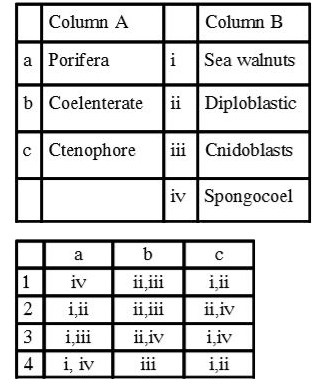A solid compound 'A' consists of simple ions. Choose corresponding answers from the choices given below.
Natural of the bond present in A will be
ionic
covalent
molecular
hydrogen bond
To determine the nature of the bond present in the solid compound 'A' that consists of simple ions, we can follow these steps:
Step 1: Understand the Composition of Compound 'A'
- The problem states that compound 'A' consists of simple ions. Simple ions are charged particles that can be either cations (positively charged ions) or anions (negatively charged ions).
Step 2: Identify the Type of Bonding
- Compounds formed from ions typically exhibit ionic bonding. Ionic bonds are formed when there is a transfer of electrons from one atom to another, resulting in the formation of cations and anions.
Step 3: Characteristics of Ionic Compounds
- Ionic compounds are usually solid at room temperature, have high melting and boiling points, and conduct electricity when dissolved in water or molten. These properties arise from the strong electrostatic forces of attraction between the oppositely charged ions.
Step 4: Conclusion
- Since compound 'A' consists of simple ions, we can conclude that the nature of the bond present in 'A' is ionic.
Final Answer
The nature of the bond present in compound 'A' will be ionic.
---
- The problem states that compound 'A' consists of simple ions. Simple ions are charged particles that can be either cations (positively charged ions) or anions (negatively charged ions).
- Compounds formed from ions typically exhibit ionic bonding. Ionic bonds are formed when there is a transfer of electrons from one atom to another, resulting in the formation of cations and anions.
- Ionic compounds are usually solid at room temperature, have high melting and boiling points, and conduct electricity when dissolved in water or molten. These properties arise from the strong electrostatic forces of attraction between the oppositely charged ions.
- Since compound 'A' consists of simple ions, we can conclude that the nature of the bond present in 'A' is ionic.
The nature of the bond present in compound 'A' will be ionic.
Topper's Solved these Questions
- BOOK - PEARSON IIT JEE FOUNDATIONCHAPTER - CHEMICAL BONDING EXERCISE - Level 221videos
CHEMICAL BONDING
- BOOK - PEARSON IIT JEE FOUNDATIONCHAPTER - CHEMICAL BONDING EXERCISE - Level 310videos
CHEMICAL BONDING
- BOOK - PEARSON IIT JEE FOUNDATIONCHAPTER - CHEMICAL BONDING EXERCISE - Essay type questions2videos
CHEMICAL BONDING
- BOOK - PEARSON IIT JEE FOUNDATIONCHAPTER - CHEMICAL KINETICS AND EQUILIBRIUMEXERCISE - Level 310videos
CHEMICAL KINETICS AND EQUILIBRIUM
- BOOK - PEARSON IIT JEE FOUNDATIONCHAPTER - ElectrochemistryEXERCISE - Level 310videos
Electrochemistry
Similar Questions
Knowledge Check
- Question 1 - Select One
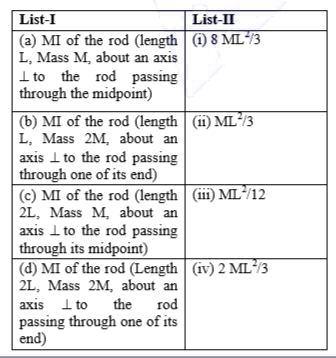
Choose the correct answer from the options given below :A(a)–(ii),(b)–(iii),(c)–(i),(d)–(iv)B(a)–(ii),(b)–(i),(c)–(iii),(d)–(iv)C(a)–(iii),(b)–(iv),(c)–(ii),(d)–(i)D(a)–(iii),(b)–(iv),(c)–(i),(d)–(ii) - Question 2 - Select One
Match List I with List II.
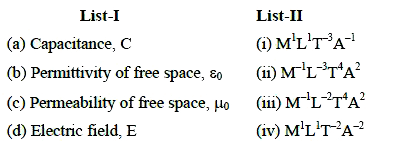
Choose the correct answer from the options given belowA(a) → (iii), (b) → (ii), (c ) → (iv), (d) → (i)B(a) → (iii), (b) → (iv), (c ) → (ii), (d) → (i)C(a) → (iv), (b) → (ii), (c ) → (iii), (d) → (i)D(a) → (iv), (b) → (iii), (c ) → (ii), (d) → (i) - Question 3 - Select One
Match the columns and choose the correct answer from the options given below
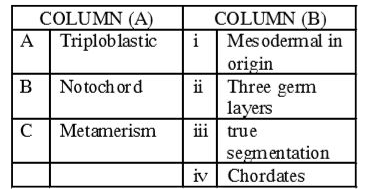 AA -ii, B-iii, C-ivBA-i, B-iii, C-ivCA -ii, B-iv & i, C-iiiDA-iii, B-ii, C-i
AA -ii, B-iii, C-ivBA-i, B-iii, C-ivCA -ii, B-iv & i, C-iiiDA-iii, B-ii, C-i
Match the columns and choose the correct answer from the options given below
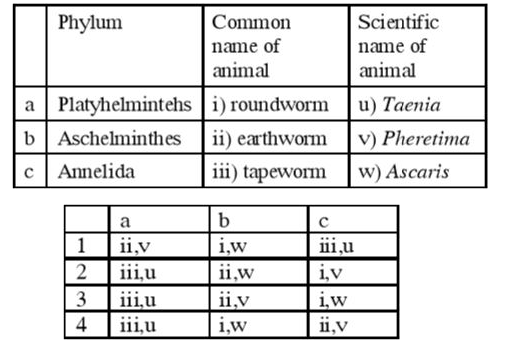 View Solution
View SolutionMatch the columns and choose the correct answer from the options given below
 View Solution
View SolutionMatch the columns and choose the correct answer from the options given below
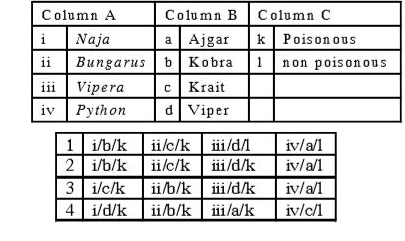 View Solution
View SolutionMatch List I with List II :
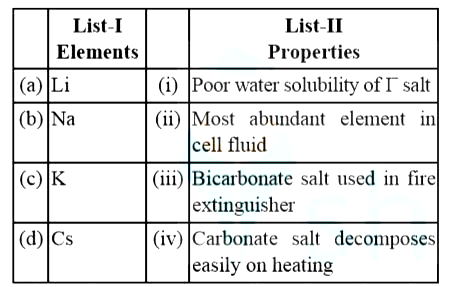
Choose the correct answer from the options given below :View SolutionMatch List I with List II.
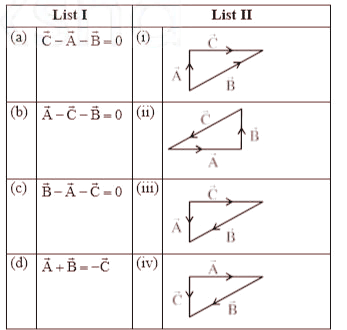
Choose the correct answer from the options given below :View Solution



